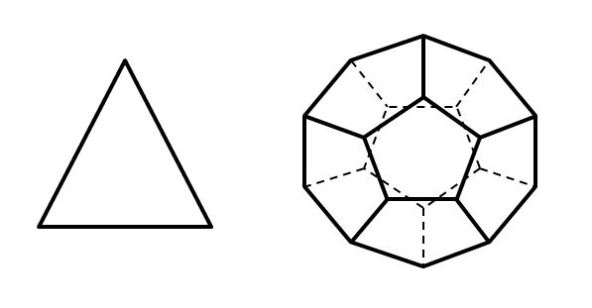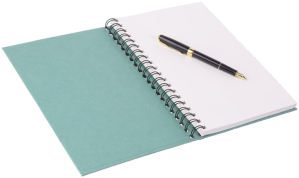
As the horses galloped along,
The wheels went ‘round and ‘round,
And the wagon rolled steadily onward.
When the left front wheel squeaked,
The driver halted the horses,
And pampered the wheel with oil.
The horses galloped along again,
The wagon rolled forward again,
And the driver enjoyed the ride.
The left front wheel squeaked again,
Everything came to a stop again,
And the wheel was pampered some more.
The other wheels became jealous;
They worked just as hard.
Where was the reward for not complaining?
So the right front wheel began to wobble,
Demanding attention of its own,
And the driver tightened its screws.
A competition ensued:
The left front wheel squeaked,
While the right front wheel wobbled.
Soon, the right front wheel wobbled
More than the left front wheel squeaked.
It had succeeded in hogging all the attention.
Until one time the driver did something new:
He replaced the right front wheel with a spare wheel.
The old wheel was abandoned on the wayside.
At first the left front wheel smiled smugly.
Then when it was time to squeak again,
It had second thoughts about it.
But what about those poor rear wheels,
Who worked no less hard than the front wheel,
Yet demanded and received no attention at all?
Marketing Afterword
At first, it kind of seems unfair, doesn’t it?
Ideally, if you are shopping for a product, you would like for them all to be equally visible, with the better product priced a bit more and the worse product priced a bit worse. Then you would decide what you are willing to pay versus what quality you would like. But that’s not the way it works, is it?
You can’t just make an excellent product at a good price and expect everyone to show up at your warehouse the next day. How do people know that you have a product? How do people know that the product is excellent? How do people know that the price is good? They won’t just by being psychic.
The first step is to make the product visible. Every company wants their product in stores where their target audience shops. They all want their products to stand out – put it on the endcap, in the advertisement, etc. Of course, they can’t all be equally visible. Just getting into the store is a big step.
The second step lies in the packaging. The packaging should first clearly show the customer what kind of product it is, then when the customer finds the product, the packaging should stand out from other products like it. It should look professional. It will describe itself in a way that helps to sell it.
Another step is getting people to try the product. If they like it, they may recommend it to others. This begins with a focus group when it’s being produced. Then you need to sell it to stores, get people or businesses to review it, and give away samples or coupons to help get initial customers.
In the end, the more expensive product isn’t necessarily the best product. Packaging and marketing are involved in the equation, too. The perception may be more important than the actual quality, to an extent.
Here is a concept that relates to the squeaky wheel: A company that has an excellent product should, theoretically, invest more time, effort, and money into the marketing. (It doesn’t always work out that way, but the notion does affect purchasing decisions.)
Companies are trying to help their target audience find their products. This is the idea behind marketing.
The company that doesn’t squeak can still sell products, but in this case it’s relying strongly on packaging and referrals.
The less visible the product (like many books), the more important the referrals and marketing.
The company that squeaks is likely to get more initial attention. Unless, of course, it squeaks so much that potential customers tune it out (like tweeting several times every day, “Please buy my product”).
Let me cast this in a different form specifically for authors. You’re not really just a writer. You’re not really a salesman either. People aren’t buying your book for the paper and ink. They’re buying your book for the ideas. You’re selling the ideas (story, entertainment, information, etc.).
The ideas that you’re selling are not just in your book. Squeak your ideas to help sell the ideas in your book. For example, provide related content outside of your book (e.g. in articles), preferably where it will be visible to your target audience. Then your book is simply a way for the audience to find more ideas like it.
If the wheel squeaks and the driver finds a quarter next to the wheel every time it squeaks, the driver is likely to look for a store where he can buy more wheels like that one. You don’t want to give away quarters, but you do want to provide some valuable content to help your target audience find your product.
Chris McMullen, self-published author of A Detailed Guide to Self-Publishing with Amazon and Other Online Booksellers





